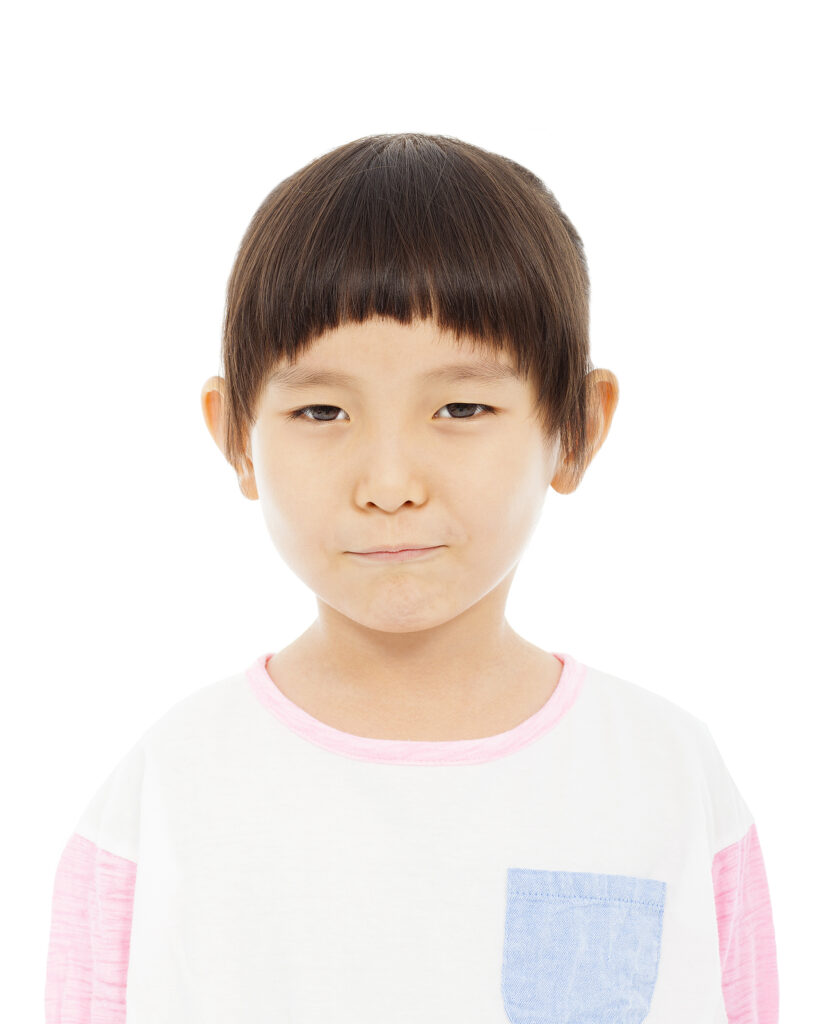By Lucy Piper, medwireNews Reporter
medwireNews: Researchers have devised the Florida Scoring System to help clinicians stratify children with suspected Sjögren’s syndrome into three distinct classes, thereby improving diagnosis and disease monitoring.
They say that “the proposed Florida Scoring System can be directly applied to the clinical setting to facilitate decision making, patient triage, and timely intervention in paediatric patients with suspected Sjögren’s disease.”
The study involved 217 individuals with suspected Sjögren’s syndrome, who had symptoms before 18 years of age and underwent comprehensive examinations to rule out or diagnose Sjögren’s syndrome. The participants were aged a median 15 years at diagnosis, 72% were female and 79% were White.
Seunghee Cha (University of Florida College of Dentistry, Gainesville, USA) and colleagues report in The Lancet Rheumatology that a final panel of 33 variables was chosen for inclusion in their latent class analysis (LCA), “based on their clinical relevance and importance in assessing childhood Sjögren’s disease by experts.”
These included disease outcome measures validated in adults with the syndrome, such as the EULAR Sjögren’s Syndrome Disease Activity Index (ESSDAI) and the EULAR Sjögren’s Syndrome Patient Reported Index (ESSPRI), as well as clinical features more commonly associated with children with the condition, including recurrent parotitis or glandular swelling and candidiasis, and autoantibodies, serological markers, salivary gland biopsy and salivary gland ultrasound (SGUS).
LCA identified three clusters of characteristics, which across 10-fold cross-validation were consistently selected. These were:
- Class I: dryness dominant (prominent glandular and extraglandular involvement) with high prevalence of positive serology and SGUS
- Class II: high symptom (prominent sicca and systemic symptoms) with low prevalence of positive serology
- Class III: low symptom with low prevalence of positive serology
Dryness dominant was defined as an ESSPRI dryness score of 5 points or above; high symptom was defined as at least 5 points on all three ESSPRI scores (pain, fatigue, and dryness); and low symptom was defined as scores below 5 on all ESSPRI scores.
In all, 27 patients were classified as class I, 98 as class II and 92 as class III. The researchers report that patients in class I were the most likely to fulfil the 2016 ACR-EULAR adult criteria for Sjögren’s syndrome, which is currently used to guide diagnosis of the syndrome in children in the absence of childhood-specific criteria, at 70% versus just 18% and 14% of those in class II and III, respectively.
They explain that this may be due to its “exclusive focus on objective laboratory features,” whereas the subjective patient-reported measures of ESSPRI-dryness and ESSPRI-fatigue “played a crucial role in differentiating class II in our cohort,” Cha and team point out.
The classes were subjected to machine learning evaluation, with high accuracy across six computational models, ranging from 93% to 99%, and finally causal graphical learning was used to determine the key features for constructing the Florida Scoring System.
Seven variables were identified that were directly connected to the LCA-derived patient classes – ESSPRI-fatigue, ESSPRI-dryness, articular symptoms, anti-Sjögren’s syndrome–related antigen A antibodies, hypergammaglobulinemia, cytopenia and SGUS – to which weighted points were applied to generate the Florida Scoring system.
The scoring system totals 24 points, whereby a score above 11 points requiring at least one positive serological test or finding will indicate class I; 7–11 points, achieved by only having subjective ESSPRI symptoms is considered class II; and 6 points or below, equating to fewer than three positive findings is class III.
The researchers note that the scoring system predicted the patient classes with an accuracy of 81%, adding that of all the diagnostic tests, “SGUS seems to be most important in distinguishing the Florida Scoring System-defined classes, therefore offering a non-invasive option for young children.”
In terms of follow-up, they recommend monitoring patients in class I every 1–3 months for potential organ failure or lymphoma, every 3–6 months for potential progression in patients in class II and every 6–12 months for those in class III.
Discussing the findings in a related comment, Coziana Ciurtin and Elizabeth Jury, both from University College London in the UK, say that “this robust study significantly progresses our understanding of the heterogeneity of childhood-onset Sjögren’s disease.”
They conclude: “This work increases the confidence of the paediatric rheumatology community to take the next steps towards proposing and validating much-needed classification criteria for timely diagnosis and optimal management in children with this condition”.
News stories are provided by medwireNews, which is an independent medical news service provided by Springer Healthcare Ltd. © 2024 Springer Healthcare Ltd, part of the Springer Nature Group
Lancet Rheumatol 2024; 6: e279–290

